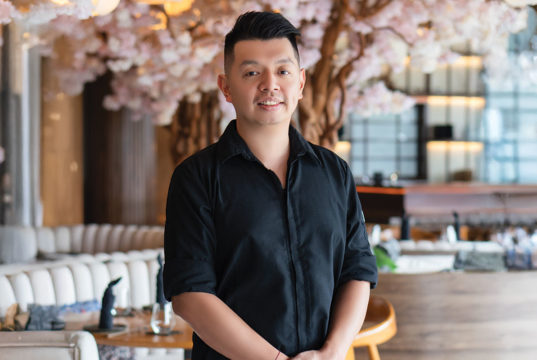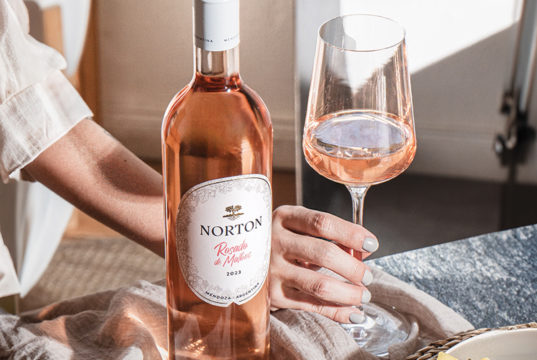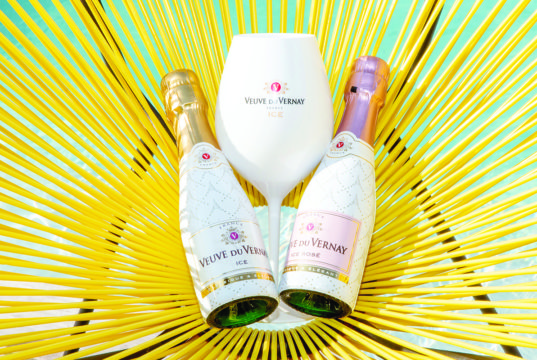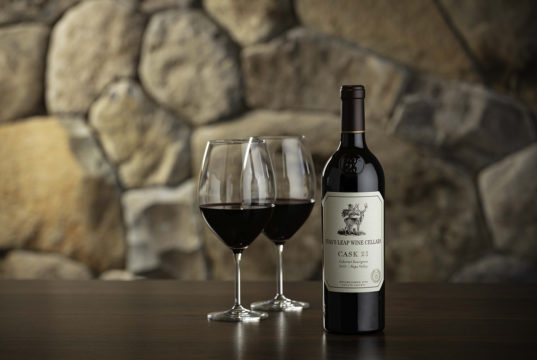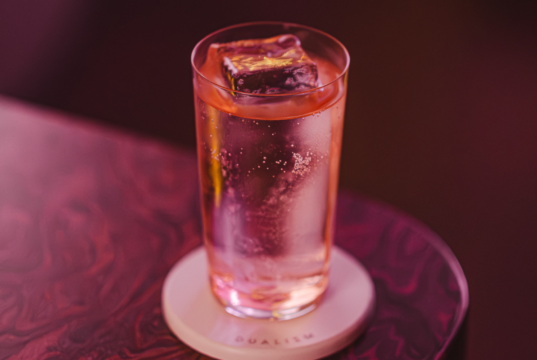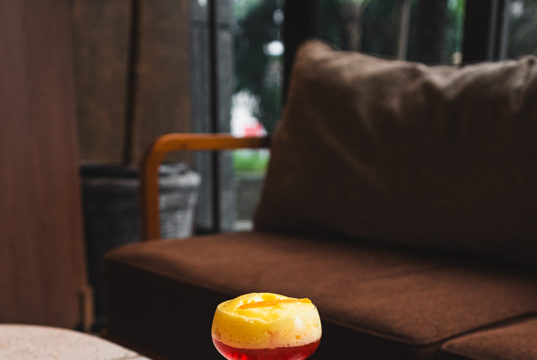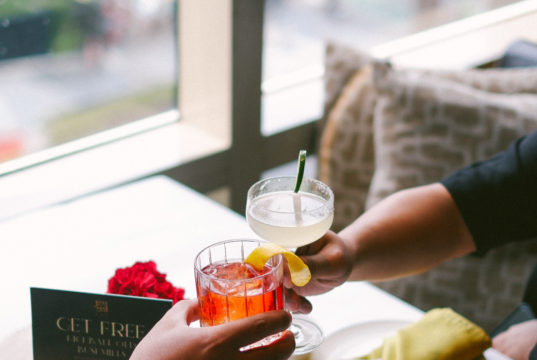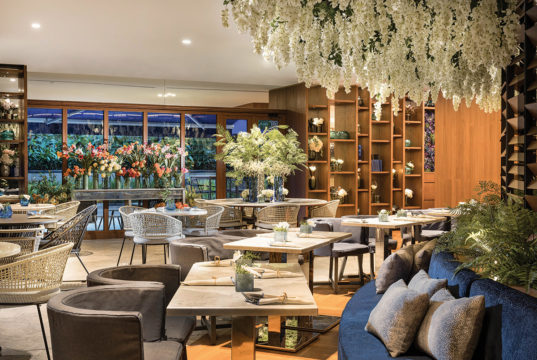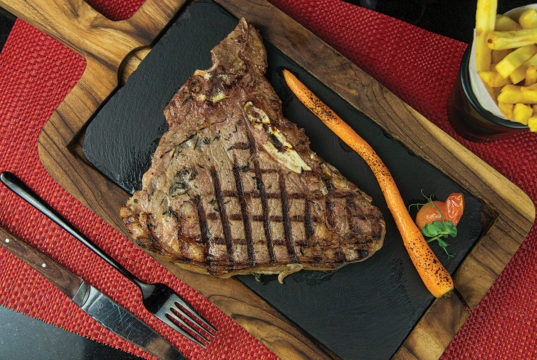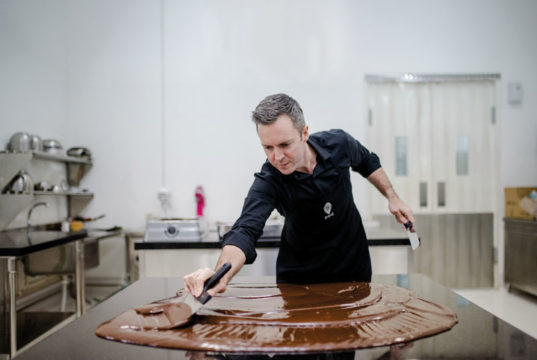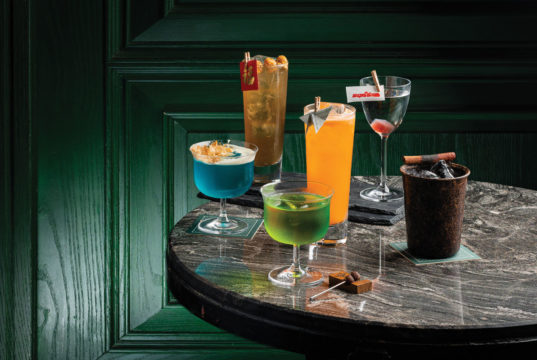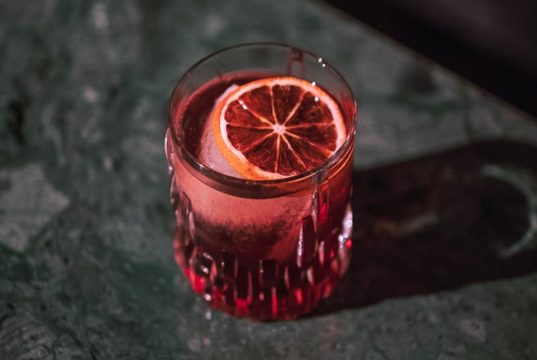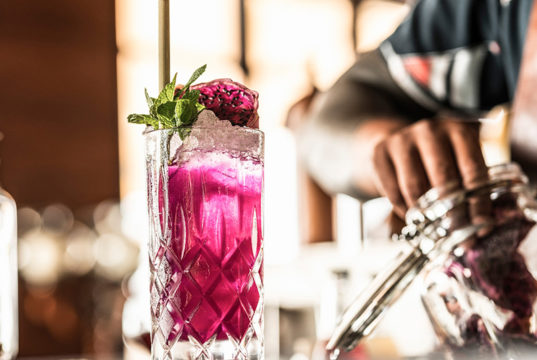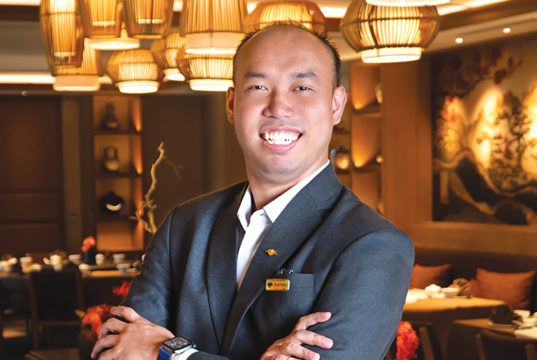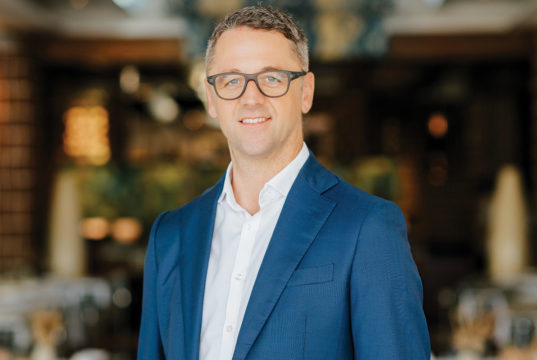 Southeast Asia Regional Malts Brand Ambassador of William Grant & Sons
Southeast Asia Regional Malts Brand Ambassador of William Grant & Sons
E: How do you usually introduce The Balvenie to someone who has never tried it before? What’s the first thing you want them to know about the brand?
A: I usually start with our heritage. The Balvenie was founded in 1892 in Dufftown, located in Scotland’s Speyside region, which is known as the whisky capital of the world and boasts seven working distilleries, three of which are owned by William Grant & Sons. Today, The Balvenie remains family-owned and is managed by the sixth generation of the Grant family, carrying more than 130 years of history. While heritage is central to our identity, innovation is equally important. At The Balvenie, it always comes back to the people; our skilled makers who bring passion and creativity to every bottle.
E: Whisky making is both an art and a science. How does The Balvenie’s commitment to its ‘Five Rare Crafts’ set it apart from other distilleries?
A: Scotland has around 138 single malt distilleries, but few are as handcrafted as The Balvenie. Our ‘Five Rare Crafts’ are at the heart of what makes us unique; it emphasises the human touch, skill and tradition rather than automation. We are the only distillery still growing our own barley, with 1,000 acres of fields next to the distillery that have been cared for by the same family for decades. This allows us the freedom to experiment with different barley types and create something distinctive.
We also maintain a traditional malting floor, one of only five distilleries in Scotland still doing so, and ours operates year-round. Two dedicated craftsmen manage the entire germination process by hand. On-site, we employ our own coppersmiths to maintain and repair the pot stills, as well as a team of around 20 coopers to craft, repair and maintain the casks. Finally, our Malt Master ensures consistency and quality, providing the finishing touch to our whisky. Together, these crafts, from barley to bottle, preserve traditions while allowing for innovation.
E: Storytelling seems to play a significant role in how The Balvenie connects with people. How important is it in your work?
A: Storytelling is essential. The Balvenie isn’t just about whisky; it’s about people, heritage and the stories that bring them together. Take David C. Stewart, for example, our Malt Master who worked with The Balvenie for 62 years, the longest-serving malt master in Scotch whisky history. He pioneered the cask finishing method, which is now used by around 95 percent of distilleries worldwide. His story, along with many others from our makers, carries forward the legacy of The Balvenie and makes the brand relatable to whisky lovers everywhere.
E: Are there any common misconceptions about whisky you’d like to debunk?
A: The biggest misconception is “the older, the better”. Age doesn’t automatically mean a whisky is superior. A 14-year-old whisky might suit your palate better than a 21-year-old, depending on your taste, mood and the occasion. Another misconception concerns colour. Many people assume that darker whisky means it is older or of higher quality, but that’s not true. The colour comes from the type of cask used. European oak sherry casks often impart a reddish hue, while ex-bourbon casks create a golden, barley-sunset tone. You can even find 30-year-old whiskies that are quite light in colour. Finally, ageing stops once the whisky is bottled; it does not continue to mature in the bottle. Therefore, what you buy is exactly what the Malt Master intended.
Exquisite Taste Volume 49
The Balvenie
IG:@thebalvenie






